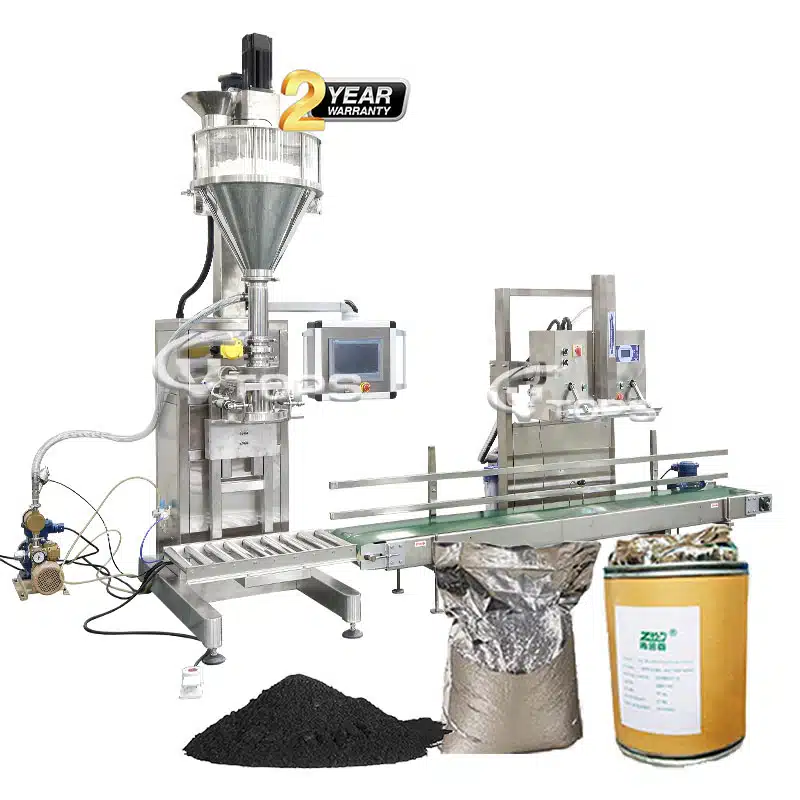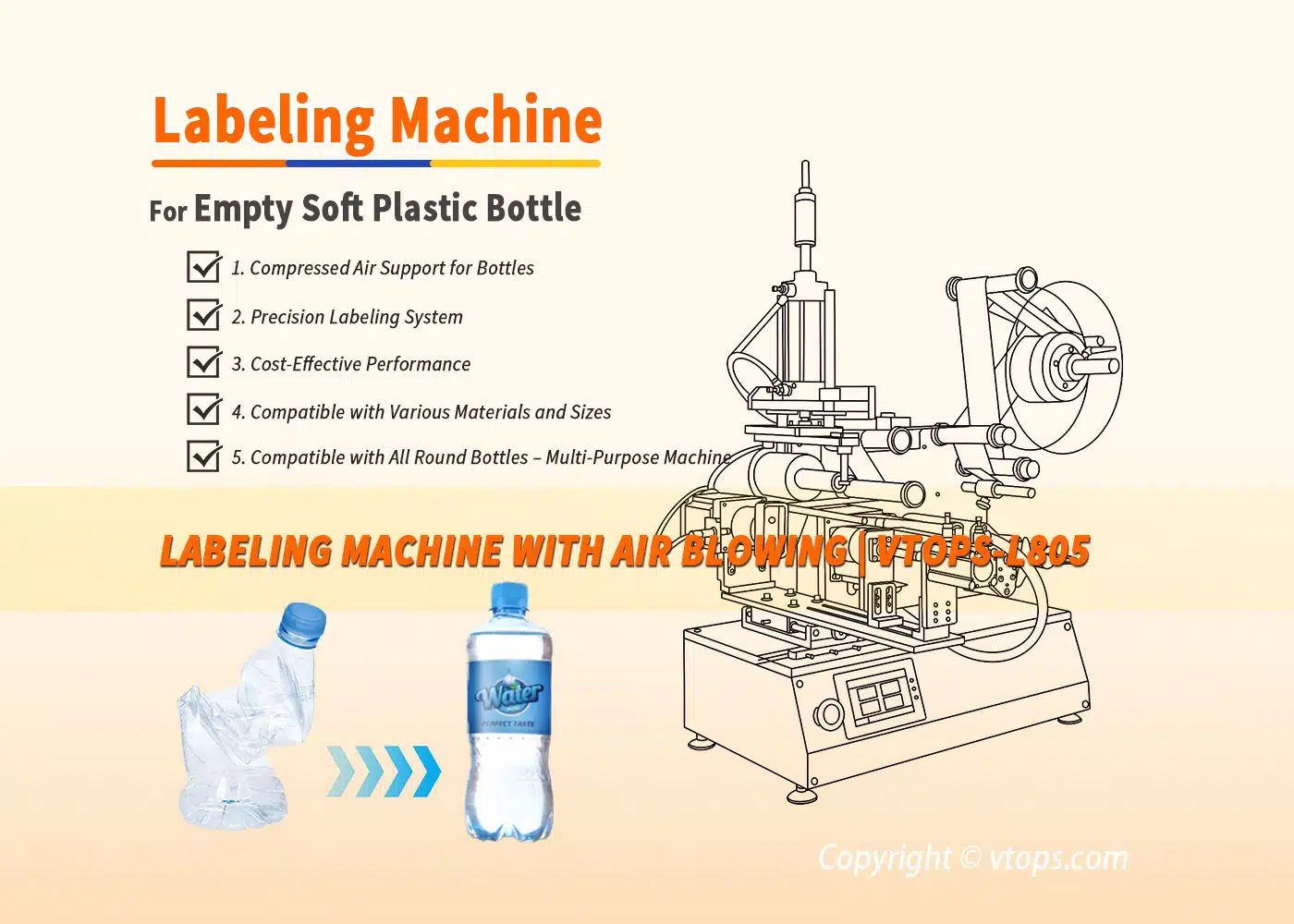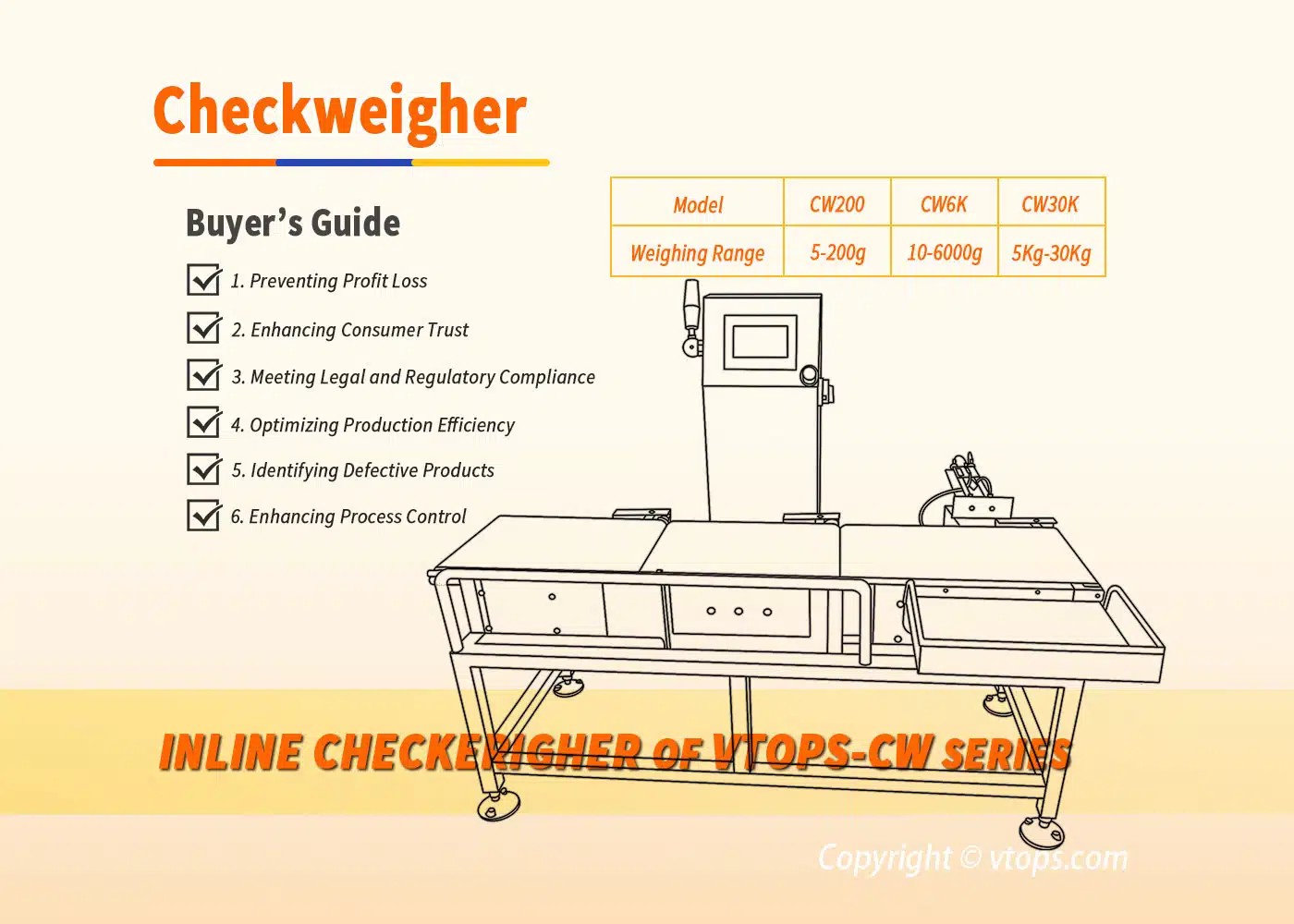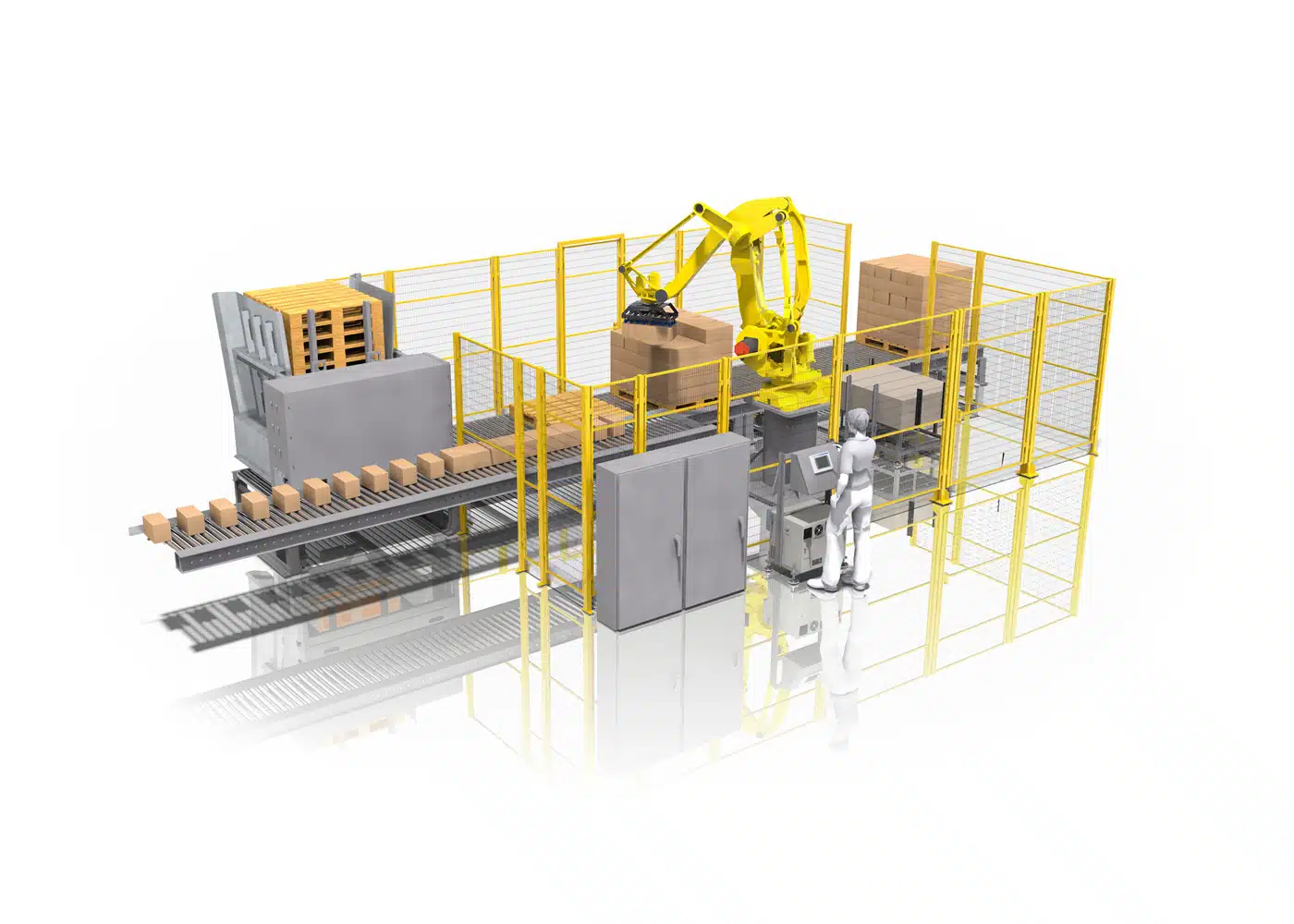Essential Tips for Optimizing Fine Powder Filling: Dust Control and Explosion Prevention
When dealing with fine and dusty powders in industrial processes, selecting the right powder filling machine is crucial. Powders that are highly fine and prone to generating dust can create challenges in maintaining accuracy, cleanliness, and safety. This article explores the essential tips of features and configurations that make fine powder filling more efficient and less problematic.
1. Sealed Hopper Design to Prevent Dust Leakage
One of the primary concerns when filling fine powders is dust leakage. A sealed hopper design is essential tip for maintaining a dust-free environment. This design ensures that the powder remains contained within the system, preventing it from escaping into the workspace.
Additionally, using a bag clamp and hold device during the filling process can further minimize dust leakage. This device securely holds the bag in place, ensuring that dust does not escape from the bag opening during filling.
2. High-Precision Filling with Fill-by-Weight Technology
For applications requiring high accuracy, it’s important to opt for fill-by-weight technology especially products with high-value. This method offers superior precision by continuously monitoring the weight of the powder being dispensed. This real-time feedback allows for more accurate control over the filling process, ensuring consistent product quality. Fill-by-weight systems are ideal for powders that require exact measurements, making them a preferred choice in industries where precision is paramount.

3. Dust Control with Advanced Dust Removal Systems
When handling ultra-fine powders that generate significant dust, incorporating a dust removal system is highly recommended. These systems are equipped with high-efficiency filters that capture fine particles during the filling process, preventing them from dispersing into the air. By maintaining a clean environment, dust removal systems also protect equipment from potential damage caused by dust accumulation and improve overall workplace safety.
4. Deaeration Devices to Reduce Air Pockets
Fine powders can often trap air during the filling process, leading to issues such as air pockets and inconsistent filling. To mitigate this, consider adding a deaeration device to our filling system. Deaeration devices work by removing excess air from the powder as it fills the container, ensuring that the powder settles more densely and uniformly. This not only improves fill accuracy but also reduces the likelihood of powder escaping due to air displacement.
5. Explosion Prevention: A Critical Safety Measure
When dealing with fine powders, particularly those that can form dust clouds, the potential for explosions is a critical safety concern. Certain powders, when dispersed in the air, can become highly flammable and pose a significant explosion risk. To address this, it’s essential to consider explosion protection measures in our filling system.
VTOPS offers both gas explosion-proof and dust explosion-proof options to meet the varying needs of customers.
- Gas Explosion-Proof: This option is designed for environments where gases or vapors may mix with the powder, creating a potential ignition source. The equipment in this category is engineered to prevent sparks or any other ignition sources that could cause an explosion in the presence of flammable gases.
- Dust Explosion-Proof: For environments where fine powder particles could form explosive dust clouds, the dust explosion-proof option provides robust protection. The equipment is specifically designed to prevent dust ignition, often by incorporating features such as sealed electrical components, enhanced grounding, and anti-static measures.
Choosing the appropriate explosion-proof level ensures that our operation not only complies with safety regulations but also significantly reduces the risk of catastrophic incidents. By selecting the right protection based on our specific needs.
Conclusion
When filling fine and dusty powders, it’s crucial to select the right equipment and configurations to minimize dust, enhance accuracy, and maintain a safe working environment. By using some tips such a sealed hopper, fill-by-weight technology, dust removal systems, deaeration devices, and considering explosion-proof measures, we can optimize the fine powder filling process, ensuring better product quality, operational efficiency, and safety.


